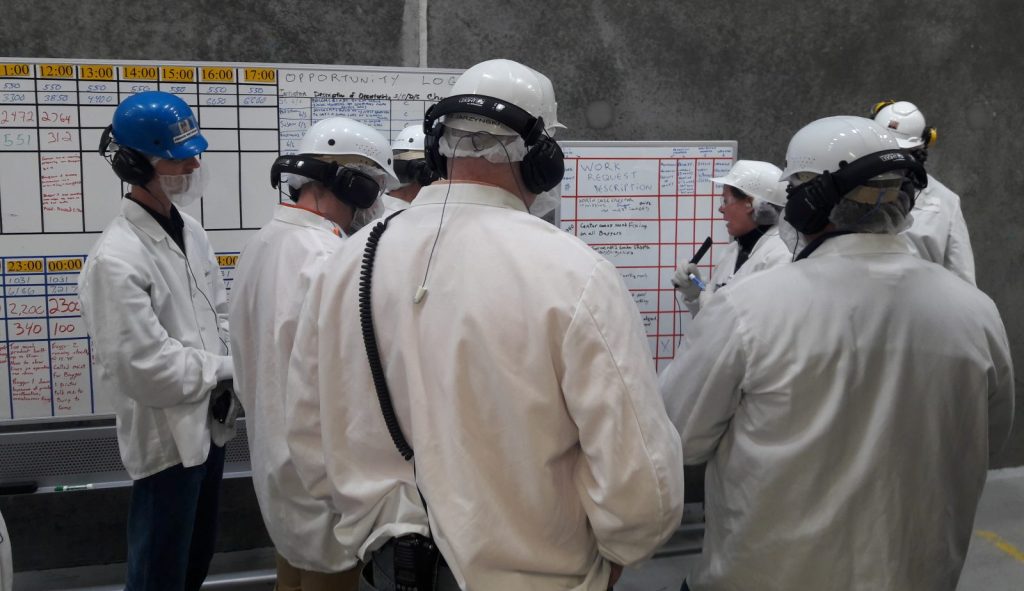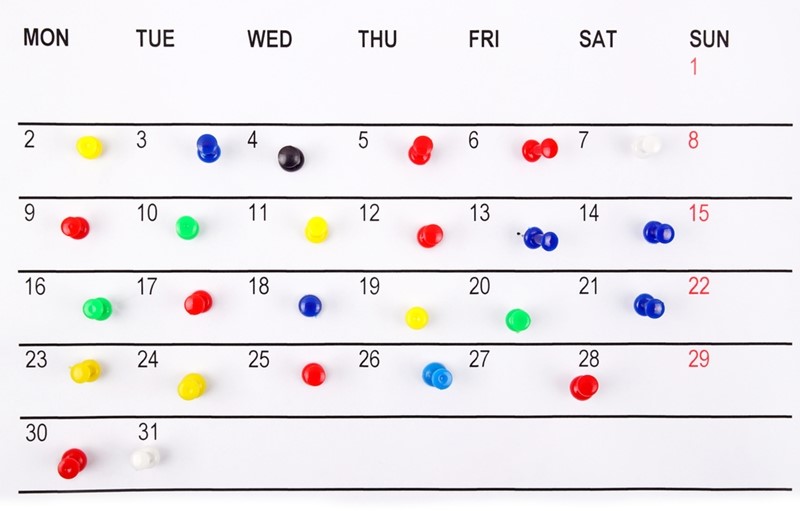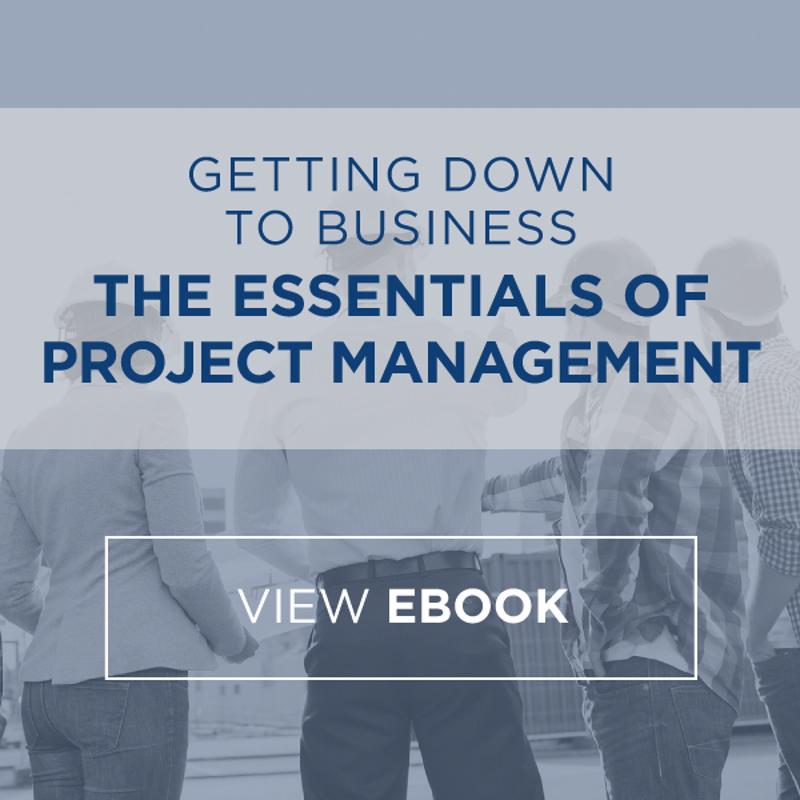-
Subscribe to Blog:
SEARCH THE BLOG
CATEGORIES
- Aerospace
- Asset Maintenance
- Automotive
- Blog
- Building Products
- Case Studies
- Chemical Processing
- Consulting
- Food & Beverage
- Forestry Products
- Hospitals & Healthcare
- Knowledge Transfer
- Lean Manufacturing
- Life Sciences
- Logistics
- Manufacturing
- Material Utilization
- Metals
- Mining
- News
- Office Politics
- Oil & Gas
- Plastics
- Private Equity
- Process Improvement
- Project Management
- Spend Management
- Supply Chain
- Uncategorized
- Utilities
- Whitepapers
BLOG ARCHIVES
- July 2025 (1)
- June 2025 (4)
- May 2025 (1)
- April 2025 (1)
- March 2025 (1)
- February 2025 (4)
- January 2025 (4)
- December 2024 (4)
- November 2024 (2)
- October 2024 (6)
- September 2024 (5)
- August 2024 (5)
- July 2024 (6)
- June 2024 (3)
- May 2024 (3)
- April 2024 (4)
- March 2024 (3)
- February 2024 (4)
- January 2024 (5)
- December 2023 (2)
- November 2023 (1)
- October 2023 (6)
- September 2023 (3)
- August 2023 (4)
- July 2023 (2)
- June 2023 (3)
- May 2023 (7)
- April 2023 (3)
- March 2023 (3)
- February 2023 (5)
- January 2023 (6)
- December 2022 (2)
- November 2022 (5)
- October 2022 (5)
- September 2022 (5)
- August 2022 (6)
- July 2022 (3)
- June 2022 (4)
- May 2022 (5)
- April 2022 (3)
- March 2022 (5)
- February 2022 (4)
- January 2022 (7)
- December 2021 (3)
- November 2021 (5)
- October 2021 (3)
- September 2021 (2)
- August 2021 (6)
- July 2021 (2)
- June 2021 (10)
- May 2021 (4)
- April 2021 (5)
- March 2021 (5)
- February 2021 (3)
- January 2021 (4)
- December 2020 (3)
- November 2020 (3)
- October 2020 (3)
- September 2020 (3)
- August 2020 (4)
- July 2020 (3)
- June 2020 (5)
- May 2020 (3)
- April 2020 (3)
- March 2020 (4)
- February 2020 (4)
- January 2020 (4)
- December 2019 (3)
- November 2019 (2)
- October 2019 (4)
- September 2019 (2)
- August 2019 (4)
- July 2019 (3)
- June 2019 (4)
- May 2019 (2)
- April 2019 (4)
- March 2019 (4)
- February 2019 (5)
- January 2019 (5)
- December 2018 (2)
- November 2018 (2)
- October 2018 (5)
- September 2018 (4)
- August 2018 (3)
- July 2018 (2)
- June 2018 (4)
- May 2018 (3)
- April 2018 (3)
- March 2018 (2)
- February 2018 (2)
- January 2018 (1)
- December 2017 (1)
- November 2017 (2)
- October 2017 (2)
- September 2017 (1)
- August 2017 (2)
- July 2017 (2)
- June 2017 (1)
- April 2017 (3)
- March 2017 (3)
- February 2017 (2)
- January 2017 (2)
- December 2016 (2)
- November 2016 (4)
- October 2016 (4)
- September 2016 (3)
- August 2016 (6)
- July 2016 (4)
- June 2016 (4)
- May 2016 (1)
- April 2016 (3)
- March 2016 (4)
- February 2016 (2)
- January 2016 (4)
- December 2015 (3)
- November 2015 (3)
- October 2015 (1)
- September 2015 (1)
- August 2015 (4)
- July 2015 (6)
- June 2015 (4)
- May 2015 (7)
- April 2015 (6)
- March 2015 (6)
- February 2015 (4)
- January 2015 (3)
CONNECT WITH US
Tag Archives: Kaizen Session
In Spanish, it’s “mejora.” In Polish, it’s “melhoria.” In Norwegian, it’s “forbedring.” No matter how you say it, they all mean the same thing: “improvement,” or as it’s said in Japanese: “Kaizen.” It’s this latter use of the term that has gained notoriety in manufacturing circles as a workplace philosophy that has worked wonders for organizations in their ability to achieve more favorable outcomes on an ongoing basis. As has been noted in this space previously, Toyota Motor Company might be the most well-known company in its successful adoption of Kaizen — which literally translates as change for the better — to drive process improvements. The specifics of what makes the Kaizen method so effective are catalogued in the book “Kaizen: The Key to Japan’s Competitive Success,” which was written by the automaker’s former chairman back in the mid-1980s.
“Businesses use Kaizen to ward off the tendency to “coast” when organizations find their stride.”
The Kaizen philosophy isn’t the sole province of the manufacturing sector; businesses in many different industries have used Kaizen to ward off the tendency to “coast” when organizations find their stride. But to make the Kaizen method truly transformative and to advance the improvement needle, it’s important to be familiar with its composition, or “anatomy.” As detailed by the Association for Supply Chain Management, the following represents the bones of the Kaizen event, which when implemented and adopted, can lead to meaty results.
1. Preparation
As it’s so often said, a failure to plan is a plan to fail. It’s why manufacturers, builders, and contractors spend so much time on the foundational elements to the projects they create. If everything isn’t aligned properly at the outset, it can lead to a chain reaction that goes off course quickly. Preparing is perhaps the most indispensable component of any Kaizen event. As such, it’s important to ask a few key questions that can help you map out your course of action. What is the basic problem that your company is facing? What is it that your business is seeking to correct? In other words, what is the desired outcome? How you answer these questions can help you determine which employees — and how many — should be assigned to the task.
2. Defining the problem
This component of the Kaizen method is similar to what’s involved when making goals: they need to be very specific and clearly delineated. They include asking several of the “W” questions — what, where, who, and when, according to ASCM.
Take automation as an example. To improve work processes and better respond to consumer demand, many manufacturers have installed AI to increase efficiency and decrease the costs associated with production. In fact, as Oxford Economics noted in a recent report, robotics has multiplied considerably over the past 20 years, topping 2.2 million. The AI stockpile could reach 20 million by 2030.
This has allowed them to more effectively distribute employees to better manage the supply chain. But AI adoption hasn’t come easily for everyone. If that’s the case for your company, ask yourself what is or is not occurring? Where in the production chain is X, Y or Z not taking place? Who is this issue affecting? When is the problem evidencing itself? Your ability to diagnose the root of the problem can lead to a successful solution.
3. Defining the goal
As previously referenced, goal-setting — whether in the Kaizen context or in general — should be very specific, hitting on all the elements of “S.M.A.R.T.” – “Specific,” “Measurable,” “Achievable,” “Relevant” and “Timely.” Included in this definition is demarcating when or how the goal will be achieved. In other words, there should be some element to the goal that clarifies when it will be reached and need go no further. ASCM offers the following as a potential goal statement where you can fill in the blanks accordingly:
“The scope of this project will be the (X process) and will start (date/time) to (date/time). The scope will not include (define).”
4. Training
As with many other industries, manufacturing is experiencing a bit of a skills gap, as the amount of work currently exceeds those with the proper qualifications to address what’s needed. Sans, the industry could see a deficit of 2.4 million manufacturing jobs that go unfilled within 10 years, according to the National Association of Manufacturers.
Training is a core component of Kaizen so team members — veteran and newly installed — can gain the skills they need to not only perform their jobs efficiently but achieve lasting results that reverberate throughout the supply chain.
5. Implementation
Now that you’ve laid the groundwork, the second-to-last step is the actual implementation. As noted by ASCM, how these plans are put into motion may be informed through gap analysis, where you identify the most glaring holes and how the plan can fill the void. Gap analysis can help you recognize waste, bottlenecks and redundancies so that these can be swapped out for the framework you’ve built through the Kaizen method. Once you’ve identified the holes, you should have a system in place that allows you to track or quantify whether the replacement process is paying dividends. For instance, if the initial problem was safety related, have there been fewer injury reports as a result of the new protocol? If the issue was production related, has output risen from a standpoint of deliverables? Whatever the answer, judge it in consultation with your goal’s timeline.
6. Follow-up
If you don’t follow-up, even the best laid plans can fall through. Whether through storyboarding, summary readouts, key performance indicators, one-on-one meetings with team members, it’s critical to review the end results so you can make the appropriate adjustments on a real-time basis. Improvements processes is a work in progress and following up can help you identify what isn’t working and what is.
Much like happiness, achieving Kaizen is more about the journey than the destination. Whether your industry is manufacturing, transportation and logistics, mining and metals or chemical processing — among many others — USC Consulting Group can help you achieve better results by evaluating your work processes and improving them. Please contact us to learn more and take your business to the next level.
Continuous improvement — this is the dream for forward-thinking shop floor stakeholders across all industries. However, few manage to facilitate such sustained advancement. In fact, more than 40% of the business leaders who spearhead continuous improvement efforts find themselves overseeing failing programs, according to research published in Harvard Business Review. There are a number of common contributing factors, including lacking daily practice. Yes, reinforcing continuous improvement through everyday exercises is essential to success. But how exactly can leaders promote this kind of necessary daily rededication? Embracing the Kaizen methodology ranks among the best options.
Organizations in virtually every sector leverage this Japanese philosophy, which emphasizes operational transformation through incremental optimization. Both formalized and impromptu ideation and root-cause analysis exercises are key to achieving these outcomes. Business leaders who want to implement continuous improvement initiatives that work would be wise to adopt the Kaizen approach and work with employees at all levels to make pragmatic, enduring change.
Mapping the emergence of Kaizen
Kaizen and lean manufacturing occupy the same theoretical orbit. This makes sense considering that they both emerged from the same location: the original Toyota Motor Company production plant located in Toyota, Japan. It was here that management consultant Masaaki Imai collaborated with former Toyota Chairman Shoichiro Toyoda to develop shop floor processes that facilitated continuous improvement or “change for the better,” the literal Japanese translation of Kaizen. These workflows empowered workers to address deficiencies in real time, Quartz contributor Melody Wilding reported. The automaker directed production teams to stop work and collaborate to find solutions for assembly process problems, quotas be damned. This approach reduced error occurrence and wastage and boosted efficiency, helping Toyota evolve into the biggest vehicle manufacturer on Earth.
Imai cataloged, organized, and formalized the strategies deployed at Toyota and published them in his landmark 1986 book, “Kaizen: The Key to Japan’s Competitive Success.” He established the Kaizen Institute one year later, which he has since used to promote the Kaizen approach.
Unpacking the Kaizen methodology
Kaizen centers on five foundational principles. These include:
- Knowing the customer: Understand what customers want and develop positive experiences that appeal to them.
- Let it flow: Eliminate waste wherever possible and focus on value creation on every organizational level.
- Go to gemba: Seek out continuous improvement where value creation happens — the production areas.
- Empower people: Give employees the agency, tools, and support they need to pursue continuous change.
- Be transparent: Leverage accessible performance metrics to propel operational decision-making.
These core concepts underlie all the actionable frameworks and tools that facilitate Kaizen application. Actually implementing the philosophy necessitates coordination and commitment, as only business leaders who adhere to overarching event schedules and agendas can uncover the kinds of shop floor insights that lay the groundwork for sustainable organizational advancement. As mentioned above, Kaizen methodology emphasizes internal collaboration, ideation, and problem solving through formalized sessions. While these gatherings do not generally occur daily, the more consistent and focused cooperation that unfolds, the more likely positive change is to happen.
All Kaizen events have the same goals: getting stakeholders in one place, reviewing existing processes, improving existing processes, and ensuring buy-in. However, these sessions do not share identical frameworks — the strategy allows for variation. Here are some of the most common types of Kaizen events in use now:
- Blitz: Here, personnel completely deconstruct a specific process and reassemble it in an effort to achieve improvement.
- Burst: This event, which happens over the course of three to five days, focuses on rapid process improvement and empowers staff to develop and deploy quick changes with big impact.
- Workshop: During a five-day period, team members conceive production improvements, implement them, and then measure shop floor performance to determine their efficacy.
While there are numerous other Kaizen session types — businesses that have adopted the philosophy over the years have also helped expand it — the collaborative formats mentioned above are typically considered canon.
Coordinating an effective Kaizen event
Kaizen events are immense productions. Internal stakeholders from different departments mingle with external consultants, executive team members depart their corner offices and make appearances, and in the end everyone unites to flip the switch on fresh production processes. With so much involved, impeccable coordination is absolutely essential. Fortunately, there are a good number of formalized event management best practices available to business leaders hosting their first Kaizen sessions. Here are some of the many variables that those involved in Kaizen event planning should address to facilitate success:
- Location: While improvement implementation will obviously unfold on the shop floor, participants must have access to a space within which they can collaborate effectively.
- The agenda: Freewheeling brain storming is not an option within the confines of the Kaizen approach, meaning all events must come with clear-cut agendas.
- The sponsor: Kaizen events typically have high-level internal sponsors who use their clout to green-light operational changes and generally lend support.
- The attendees: Individuals who attend Kaizen events are expected to contribute by mining their specific expertise and experience, a reality that makes attendee selection key.
- The objectives: Kaizen events are meant to spur immediate action that leads to measurable and planned production improvement.
- Information access: The Kaizen approach as a whole emphasizes the use of data during decision-making. Attendees must therefore have access to any internal insights they need.
- Decision-making: Determining how final decisions are made is critical to Kaizen event success.
These are just a handful of the many factors that Kaizen adherents take into account when planning internal events, as continuous improvement often unfolds as a consequence of strong coordination.
Generating ROI the Kaizen way
Kaizen ranks among the most popular strategies for achieving continuous improvement — and for good reason. With roots in Toyota and Japan’s immensely well-respected industrial culture, the strategy easily holds up to scrutiny and can give business leaders the power to transform their companies, should they follow best practices. Of course, even stakeholders who fully embrace Kaizen can encounter difficulties stemming from the significant coordination requirements. Fortunately, these professionals have a place to turn for assistance: USC Consulting Group. We have been helping enterprises of all sizes embrace the agents of continuous change, including the Kaizen methodology.
Connect with USCCG today to learn more about are services and wide breadth of experience.









